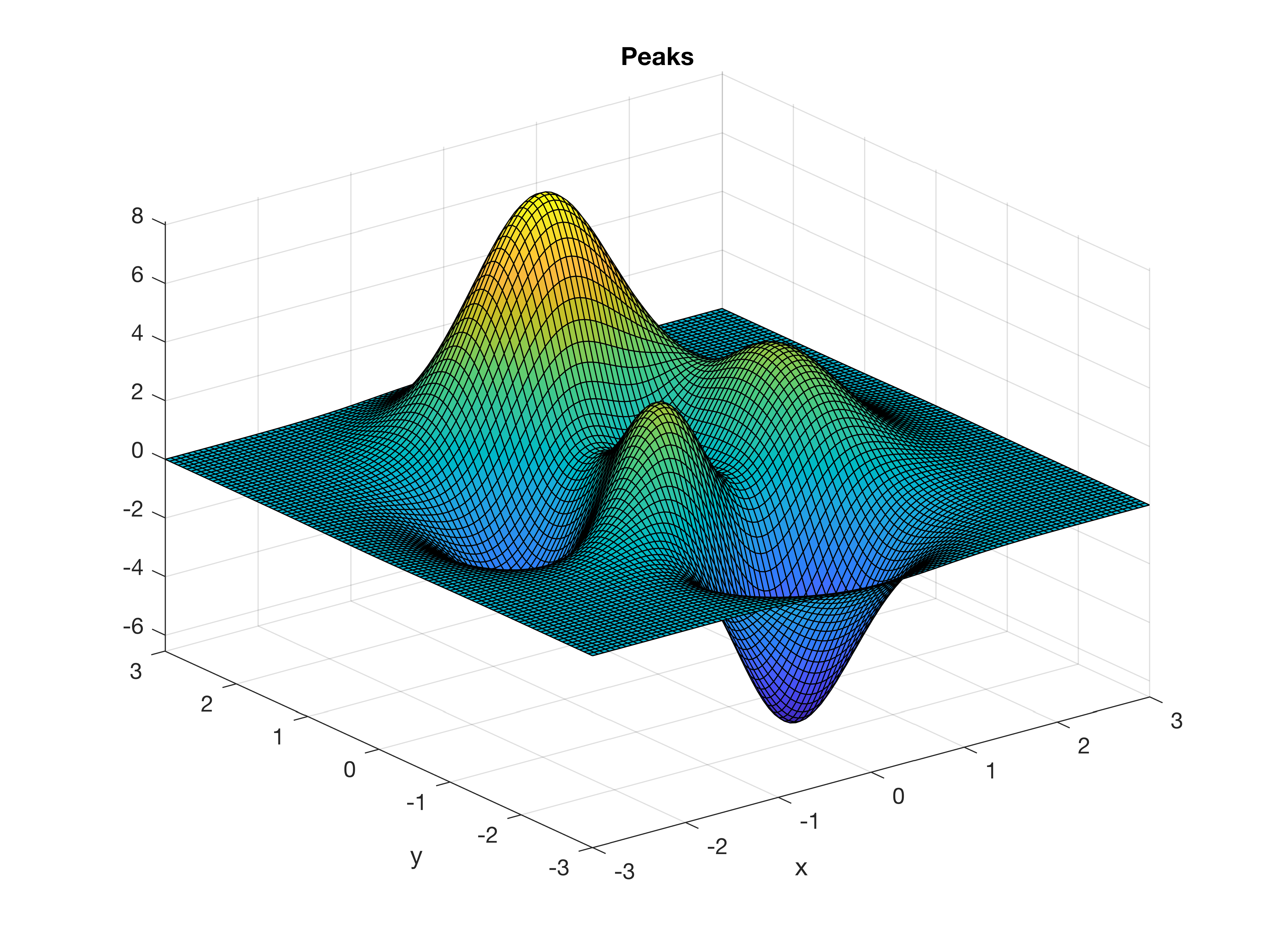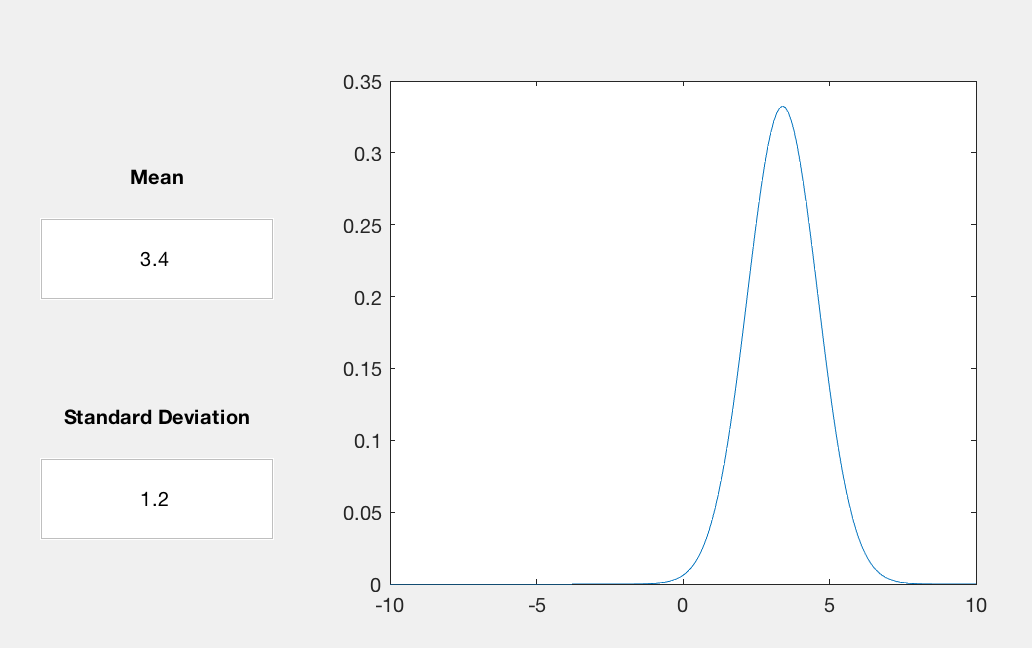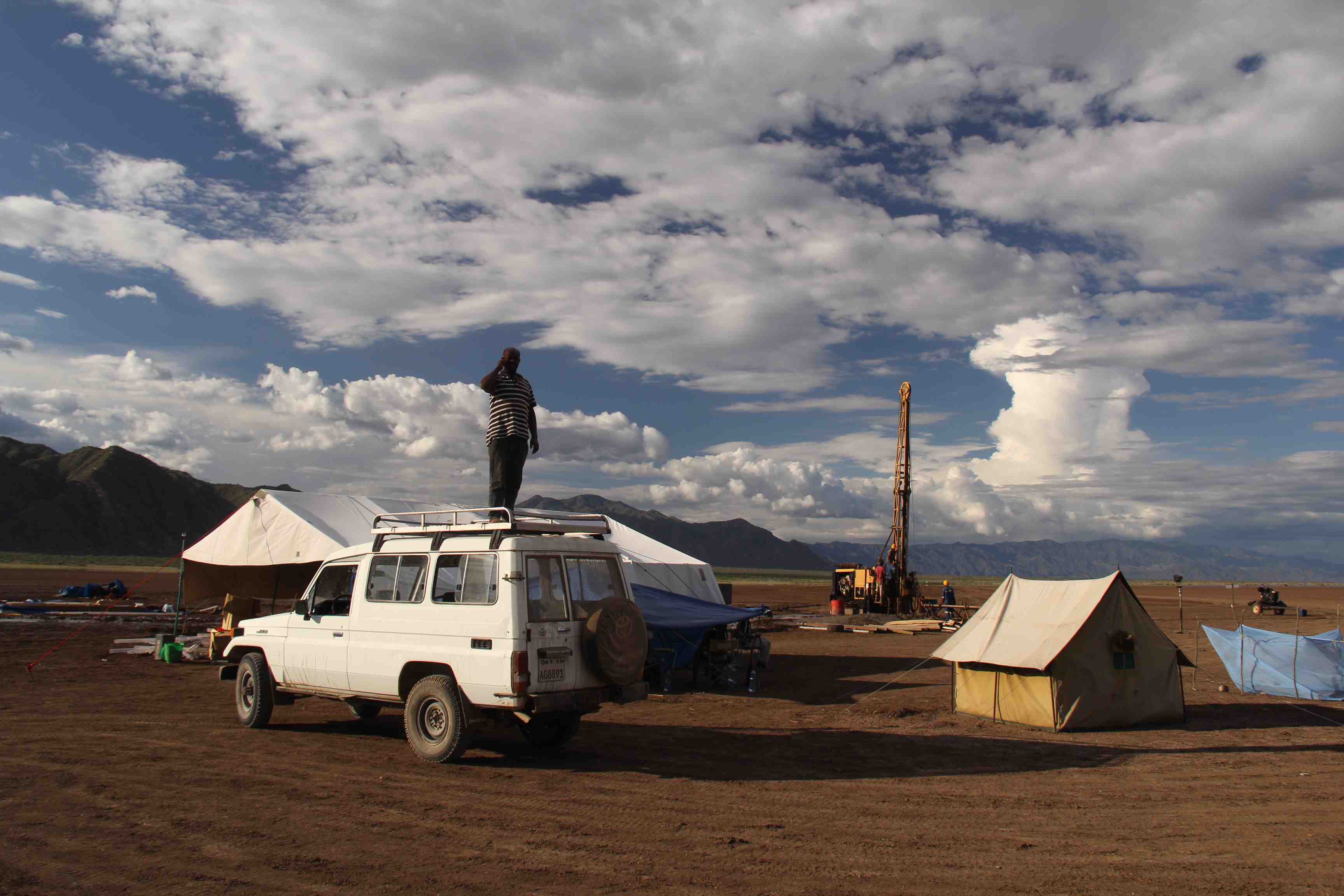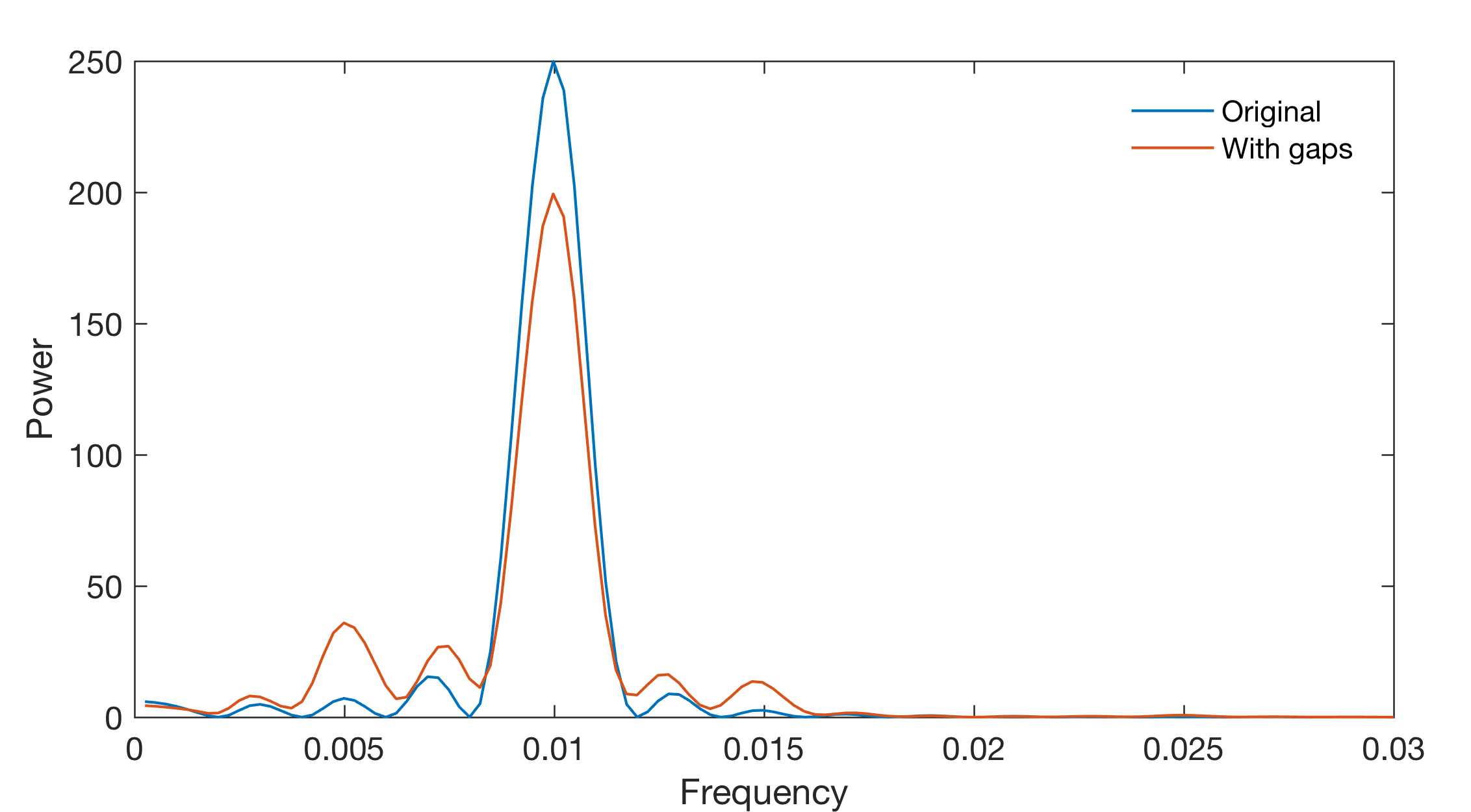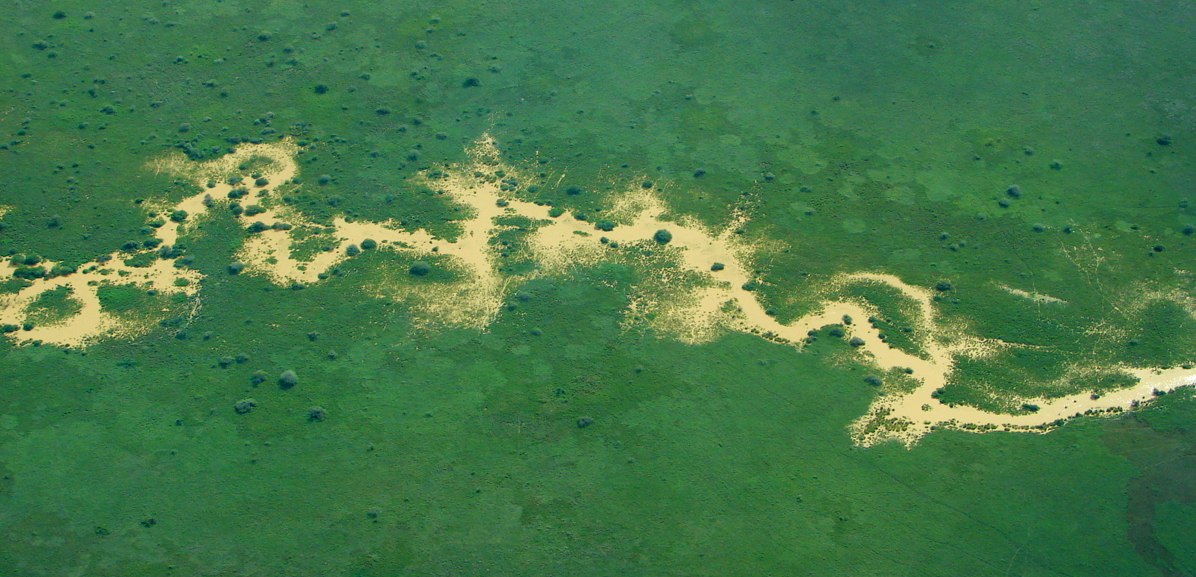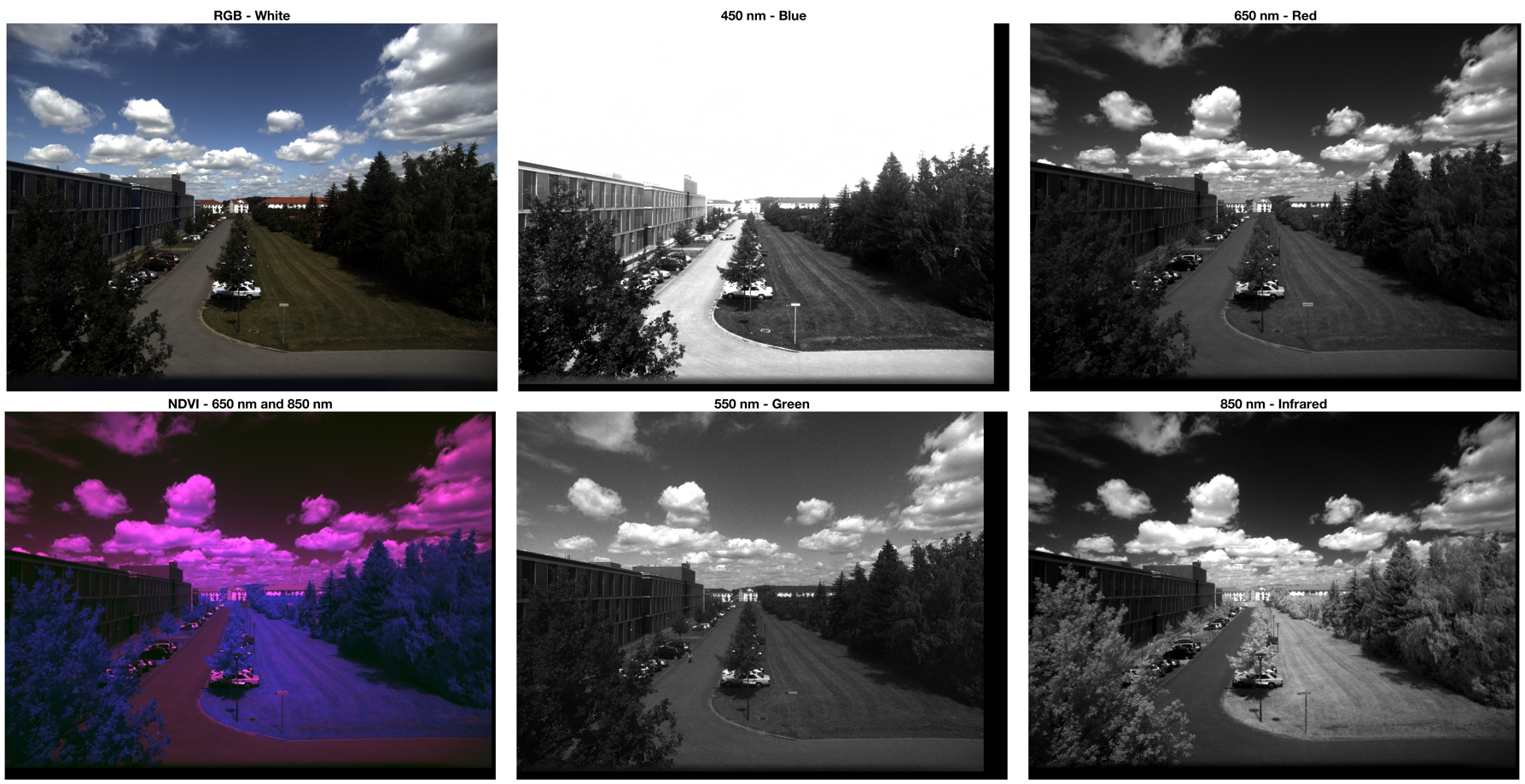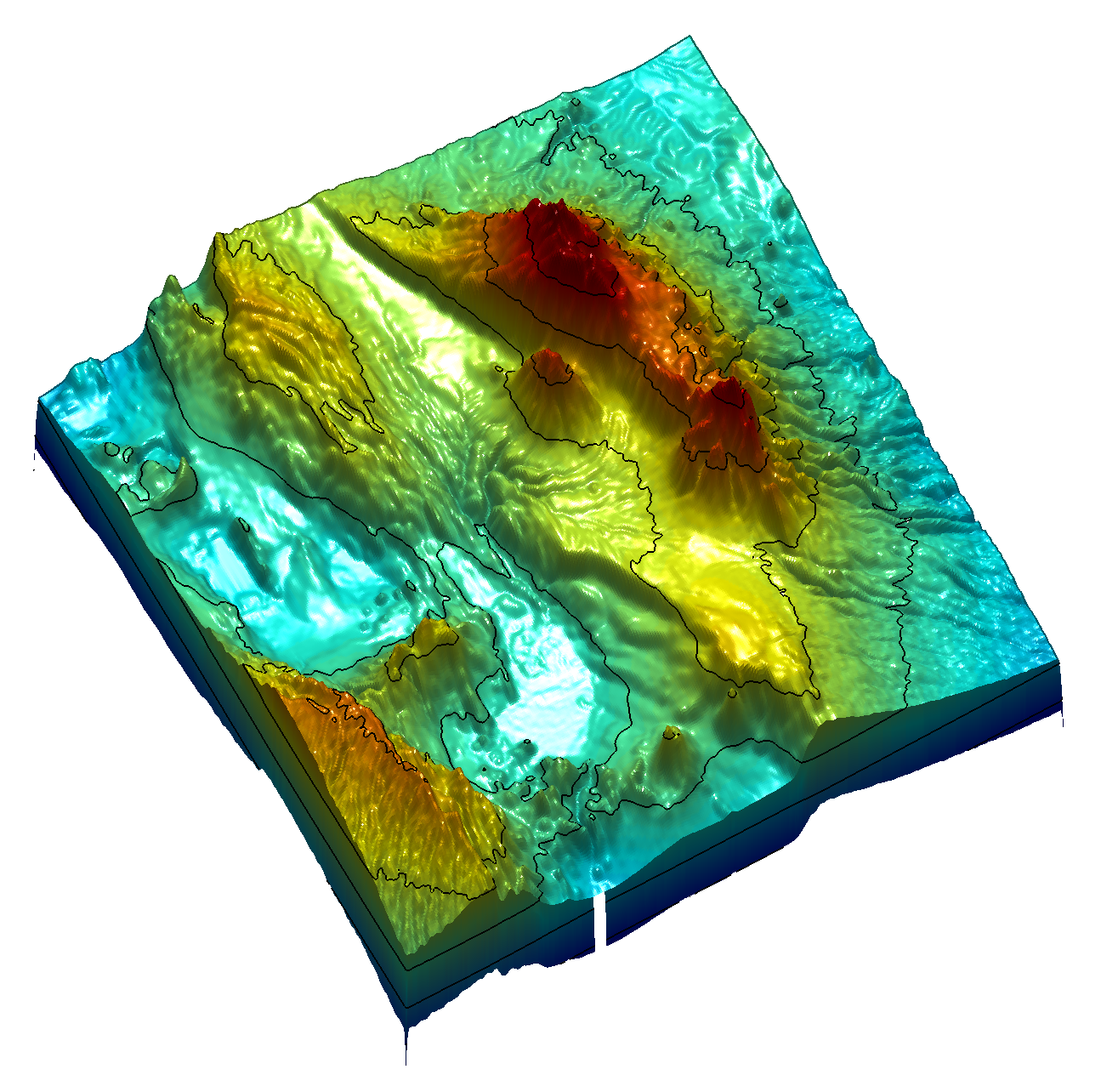 Working with quantitative data, which requires sophisticated mathematical and computer-assisted evaluation methods, came very late in the geological sciences, compared to other scientific disciplines. Unfortunately, in many geology courses worldwide university-level mathematics and computational geosciences is not included, as my experience – as the current chair of the examination committee of our geoscience masters program – from processing this year’s masters applications suggests. Continue reading “How to Become a Geoscience Data Analyst”
Working with quantitative data, which requires sophisticated mathematical and computer-assisted evaluation methods, came very late in the geological sciences, compared to other scientific disciplines. Unfortunately, in many geology courses worldwide university-level mathematics and computational geosciences is not included, as my experience – as the current chair of the examination committee of our geoscience masters program – from processing this year’s masters applications suggests. Continue reading “How to Become a Geoscience Data Analyst”
Using Colormaps with MATLAB
Colormaps are a graphical representation of data values as colors. MATLAB has a number of builtin colormaps. If you are tired of these there are several options to create and use alternative colormaps. Continue reading “Using Colormaps with MATLAB”
Speeding Up Your MATLAB Code and Using the Stopwatch Timer
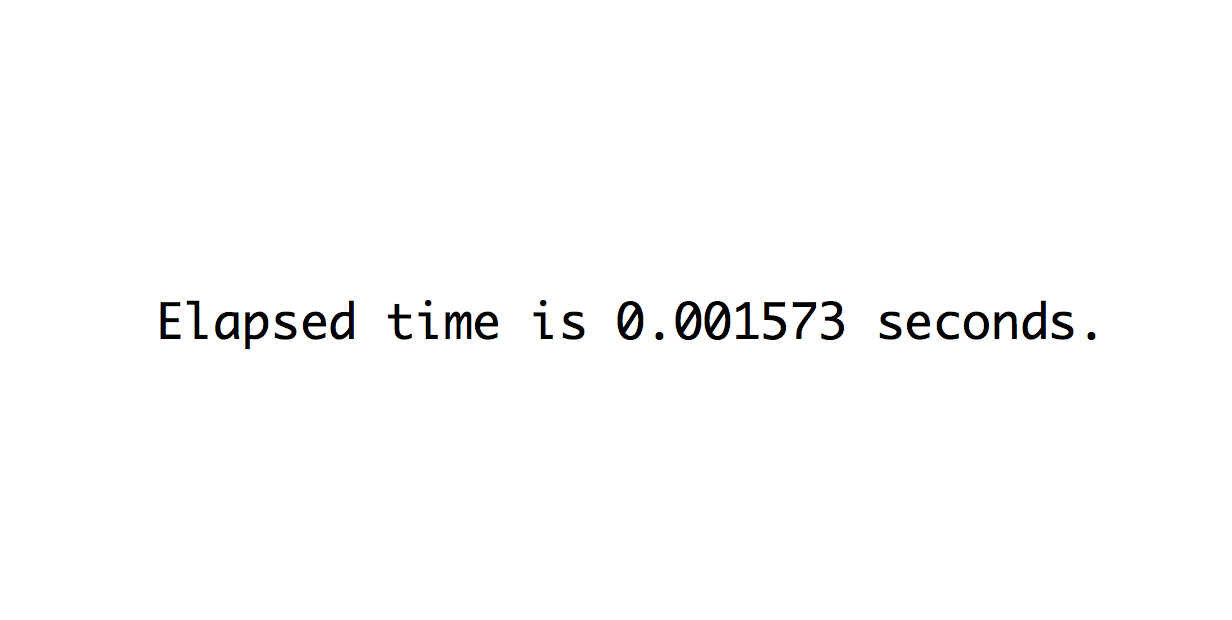 If your MATLAB script is too slow you may wish to find out in which part of the script the time is wasted. There are many ways to find the time consuming part of the script, for example the Profiler function Run and Time, but the simplest way is tic and toc to be included in a MATLAB script. Continue reading “Speeding Up Your MATLAB Code and Using the Stopwatch Timer”
If your MATLAB script is too slow you may wish to find out in which part of the script the time is wasted. There are many ways to find the time consuming part of the script, for example the Profiler function Run and Time, but the simplest way is tic and toc to be included in a MATLAB script. Continue reading “Speeding Up Your MATLAB Code and Using the Stopwatch Timer”
Creating Graphical User Interfaces with MATLAB in Ten Minutes
Creating Graphical User Interfaces (GUIs) with MATLAB is very easy and can be done either by coding the GUI entirely in the MATLAB Editor, by using the GUI Design Environment (GUIDE) or the new MATLAB App Designer. Here is an example for creating a GUI with GUIDE within ten minutes. Continue reading “Creating Graphical User Interfaces with MATLAB in Ten Minutes”
Public Lecture on Climate Change and Human Evolution at U Potsdam Children’s University
On September 29, 2017, the University of Potsdam will once again open its lecture halls for children to inspire them with the world of science. On this day, children can listen to interesting lectures, discuss with the scientists, and can experience exciting experiments. On Friday 29 September 2017 I will give a public lecture on tectonics, climate and human evolution for 8–10 year old children. Please visit the webpage of the children’s university to learn more about the event and how to register.
Data Voids and Spectral Analysis: Don’t Be Afraid Of Gaps!
During a workshop on time series analysis on paleoclimatic data, I was asked how data gaps affect the results of spectral analyzes. The good news is, the expected climatic cycles such as Milankovitch cycles do not shift when the time series has gaps. However, it is important that the data is properly pre-treated before being examined with a method of spectral analysis. Continue reading “Data Voids and Spectral Analysis: Don’t Be Afraid Of Gaps!”
Summer School 2018 on Earth Surface Dynamics, Part 4
The VolkswagenFoundation funds a series of two summer schools entitled “Earth Surface Dynamics – Understanding Processes at the Earth’s Vulnerable Skin”. Here are some details about the content of the modules of the summer school. Continue reading “Summer School 2018 on Earth Surface Dynamics, Part 4”
Using a Multispectral Array with MATLAB, Part 2
Using the MAPIR Survey2 cameras described in an earlier post I took photos of the car park next to our departmental building. The relatively inexpensive multispectral array consists of four cameras, ~340 € each, recording NDVI Red+NIR (650 and 850 nm), Blue (450 nm), Green (550 nm) and Visible Light RGB (~370–650 nm). We use the four cameras to build a multispectral array, possibly mounted on drones, to determine various types of minerals, vegetation, and man-made materials on the ground.
Continue reading “Using a Multispectral Array with MATLAB, Part 2”
